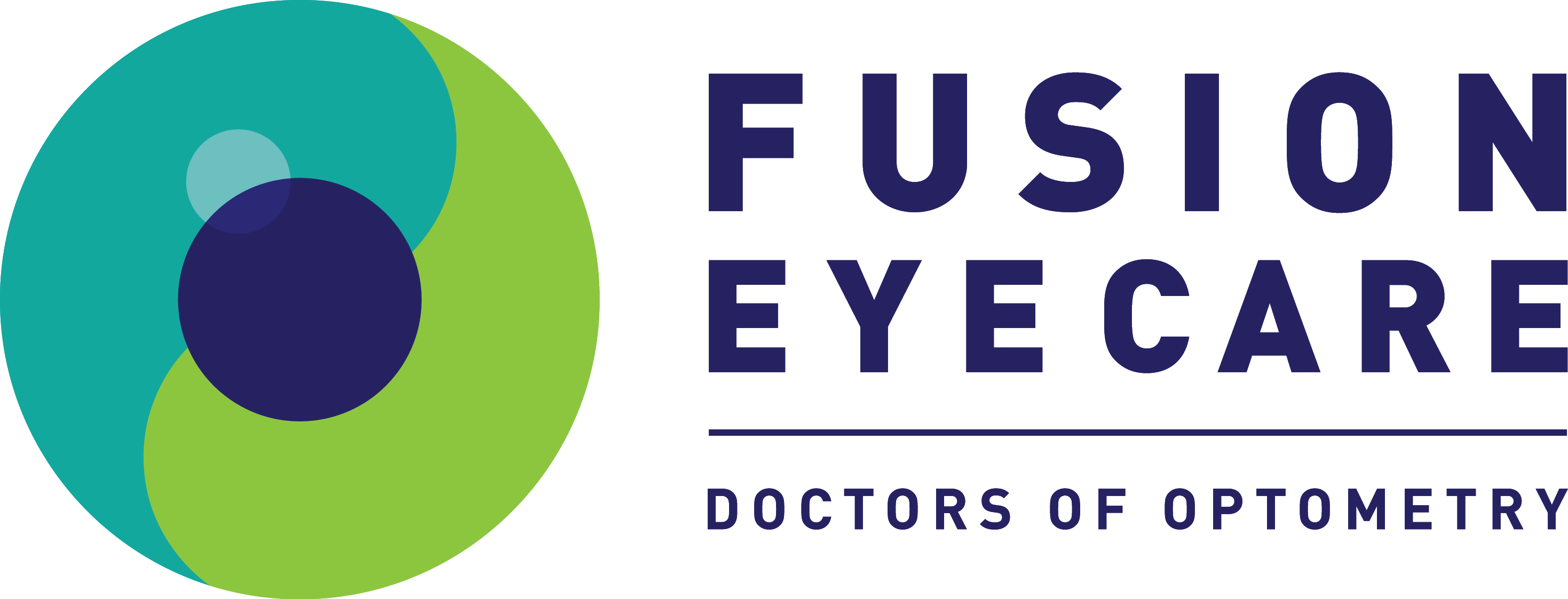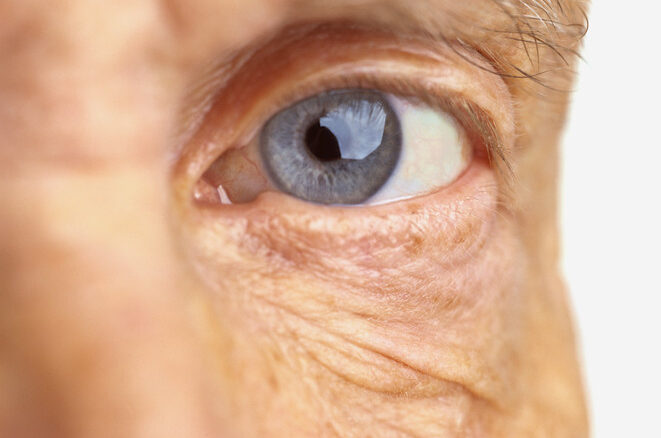- November 18, 2022
- byzbrand
- Comment: 0
- Uncategorized
What is Diabetic Retinopathy?
Diabetic retinopathy (DR) is the most common form of vision loss associated with diabetes. Affecting approximately 1 million Canadians, it is the leading cause of blindness among working-age adults. When left untreated the condition may advance into diabetic macular edema (DME), where damaged blood vessels leak into the macula, the central area of the retina, resulting in blurred vision and dark or distorted images. If you have diabetes it is important to have regular appointments with your eye specialist to undergo specialized screenings, which will test to see if your eyes are showing signs of retinopathy. Since the early stages of the disease do not always carry symptoms, these screenings are essential; there is no reliable cure for vision loss resulting from diabetic retinopathy, but the disease can be managed—and vision loss prevented—if it is diagnosed early enough before damage to the retina occurs.
Symptoms
Most people with diabetes do not realize they have developed diabetic changes in their retina. Even if you have severe diabetic retinopathy, you may not notice any vision changes. If you do notice a change, these symptoms may include:
- Image distortion (straight lines appear wavy)
- Blurry vision in the center
- Red floaters
- Sudden loss of vision
Treatments
Anti-VEGF Treatment:
Anti-vascular endothelial growth factor (anti-VEGF) treatment is the standard of care for most cases of diabetic retinopathy. VEGF is produced in the body and encourages new blood vessels to form.
In advanced diabetic retinopathy, new blood vessels form in the back of the eye to compensate for the other damaged vessels. These new blood vessels are abnormal and break easily and causing bleeding. Anti-VEGF treatments prevent vision loss—and may reverse some vision loss—by removing excess VEGF from the eye.
The most common anti-VEGF drugs in Canada are:
- Ranibizumab (Lucentis®)
- Aflibercept (Eylea®)
- Bevacizumab (Avastin®)*
A new drug called brolucizumab (Beovu®) was also recently approved.
These drugs all work in slightly different ways and may have different injection frequencies and side effects. Some of these drugs may not be funded by your provincial health plan. You should discuss with your doctor to find out which treatments are right for you.
*Note: Bevacizumab (Avastin®) was developed to treat cancer and was never submitted for approval to Health Canada for the treatment of eye disease. Most Ophthalmologists and the regulatory body CADTH consider it safe to use for eye disease however its use to treat eye disease is considered “off label.”
Steroid treatment
Injectable steroids are sometimes used if anti-VEGF drugs do not work completely or stop working One example of a steroid treatment is an implant of dexamethasone (Ozurdex®) which is injected into the eye and slowly releases medication. Steroid treatment can increase your risk of developing Depending on your province, steroids may not be covered by public health insurance.
Laser surgery
Laser surgery may be used in some cases to prevent further vision loss. During surgery, your eye surgeon will shine a laser beam on the abnormal blood vessels which can help close the leaky vessels. This can reduce swelling in the retina.
Vitrectomy surgery
This procedure involves making small cuts in your eye and removing the vitreous gel and blood from the center of your eye. Scar tissue may also be removed, and a laser may be applied to the peripheral retina. The vitreous is no longer necessary and is replaced with saline solution.



Leave feedback about this